Nepal, known for its breathtaking landscapes, majestic mountains, and vibrant culture, offers a unique opportunity for photographers to capture its beauty in a completely new way from the sky. A helicopter tour over Nepal not only provides a thrilling adventure but also allows you to capture stunning aerial shots that showcase the country's diverse topography. In this blog post, we will provide valuable tips for photographers aiming to capture Nepal's landscape on a helicopter tour.
Preparing for the Helicopter Tour
Planning forms the bedrock of a successful and safe helicopter tour in Nepal. First, it prioritizes safety. Researching reputable operators with proven safety records and understanding weather patterns in the region are crucial steps. Planning also ensures smooth logistics by securing necessary permits and booking accommodations and transportation well in advance, especially during peak season.
Furthermore, thorough planning allows you to fully immerse yourself in the experience. Knowing what to expect and packing appropriately, including camera gear and appropriate clothing, allows you to capture stunning photographs and truly appreciate the breathtaking scenery Nepal has to offer. By meticulously planning your helicopter tour, you can ensure a safe, enjoyable, and unforgettable experience.
Valuable Tips for photographer aiming to capture Nepal’s Landscape on Helicopter Tour
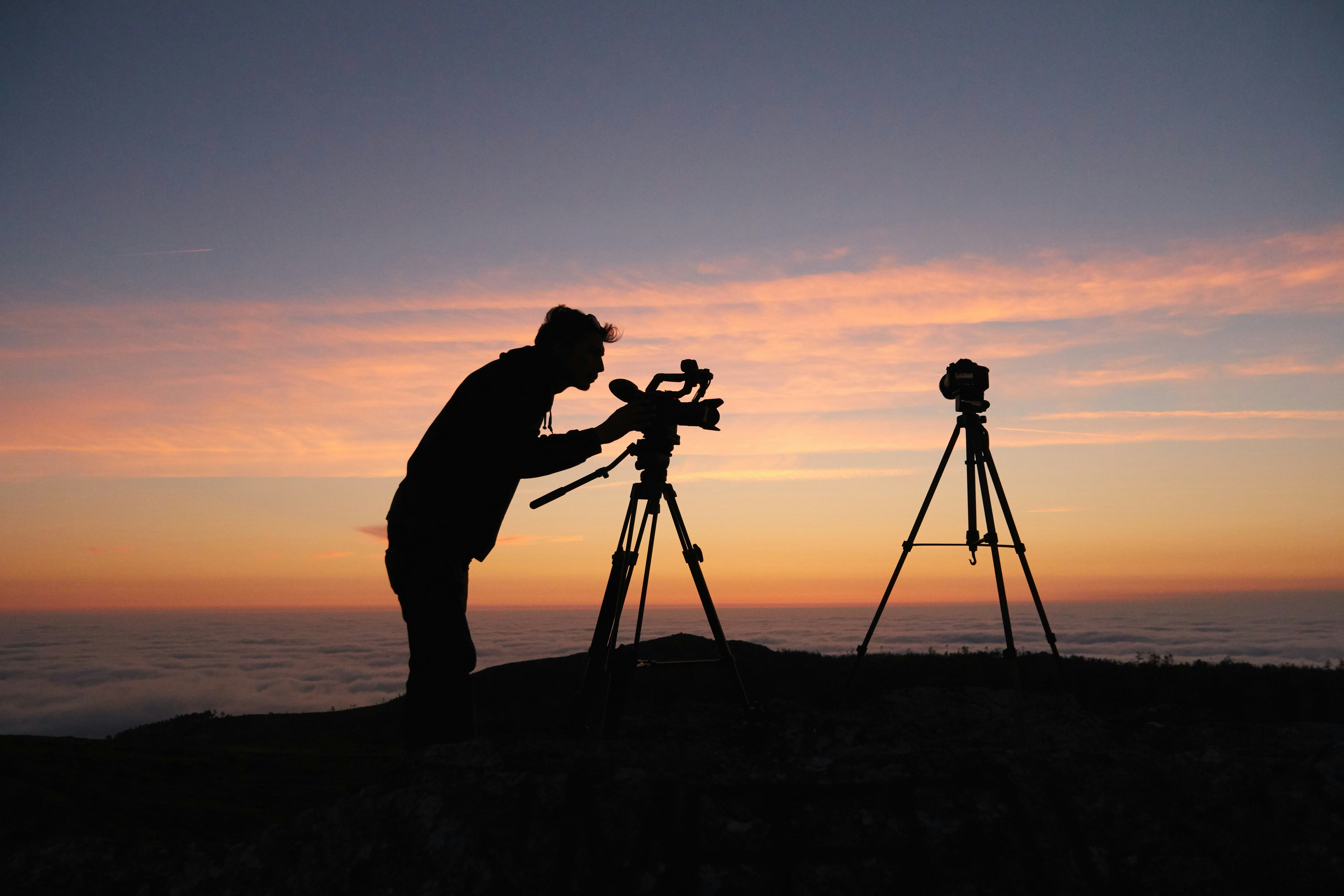
Nepal, known for its breathtaking landscapes, majestic mountains, and vibrant culture, offers a unique opportunity for photographers to capture its beauty in a completely new way from the sky. A helicopter tour over Nepal not only provides a thrilling adventure but also allows you to capture stunning aerial shots that showcase the country's diverse topography. In this blog post, we will provide valuable tips for photographers aiming to capture Nepal's landscape on a helicopter tour.
Research and plan your route
Before embarking on a helicopter tour, it is crucial to research and plan your route. Identify the key landmarks and regions that you wish to capture aerial photographs of. Popular destinations include the Kathmandu Valley, Pokhara, Annapurna Base Camp, Everest Base Camp, and Langtang Valley. By understanding the geography and seeking local advice, you can optimize your chances of capturing stunning shots.
Choose the right equipment
Choosing the right photography equipment is essential for aerial photography. A lightweight and versatile camera is recommended for minimizing weight and ensuring ease of use while shooting from a moving helicopter. A wide-angle lens is ideal for capturing expansive landscapes, while a zoom lens can help you capture detailed shots of landmarks and cultural sites. A tripod may also be useful for stabilization during the flight.
Pre-flight preparations
Photographing from a helicopter comes with unique challenges. Before your tour, make sure your equipment is fully charged, memory cards are empty, and you have sufficient storage capacity. It is also advisable to shoot in RAW format for maximum flexibility during post-processing. Carry spare batteries, lens cleaning tools, and protective gear to safeguard your equipment from dust and vibrations during the flight.
Timing and lighting considerations
The play of light dramatically impacts landscape photography. Plan your helicopter tour during the golden hours - the first and last hours of sunlight - when the light is soft, warm, and provides a captivating ambiance. Additionally, consider the weather conditions, as clear skies with minimal haze will make your images more vibrant and detailed.
Composition and Perspectives
Aerial photography opens up exciting possibilities for composition and perspectives. Experiment with different angles and heights to capture unique shots. Use leading lines, diagonals, or patterns to guide the viewer's eye through the frame. Include foreground elements such as rivers, lakes, or cultural structures to add depth and interest to your images.
Camera settings
Set your camera to manual mode to have complete control over exposure settings. Opt for a narrow aperture (f/8 or higher) to ensure a large depth of field, keeping both the foreground and background in focus. Adjust the ISO based on the available light conditions, keeping in mind that a lower ISO will result in higher image quality. Use a high shutter speed to compensate for the helicopter's vibrations and ensure sharp images.
Safety first
While capturing captivating aerial images, it is crucial to prioritize safety. Follow the guidelines provided by the helicopter tour operators, buckle up, and keep your equipment secure during the flight. Always respect the pilot's instructions and maintain a safe distance from the helicopter's doors or windows when shooting.
Post-processing and sharing
Once you have captured extraordinary images during your helicopter tour, the post-processing stage is where you bring your vision to life. Use editing software to enhance the colors, contrast, and sharpness while maintaining a natural look. Experiment with different techniques, but remember to retain the authenticity of the scene. Finally, share your stunning aerial shots with the world through social media or print to inspire others to appreciate Nepal's beauty.
Photographing Nepal's landscape from the sky on a helicopter tour is a unique and thrilling experience that offers endless opportunities for capturing awe-inspiring images. By conducting thorough research, planning your route, selecting the right equipment, and mastering composition and camera settings, you can capture the essence of Nepal's diverse landscapes from above. Remember to prioritize safety, enjoy the journey, and create stunning imagery to share the wonders of Nepal with others.
Happy flying and clicking!
Choosing the Right Helicopter Tour for Your Photography Journey
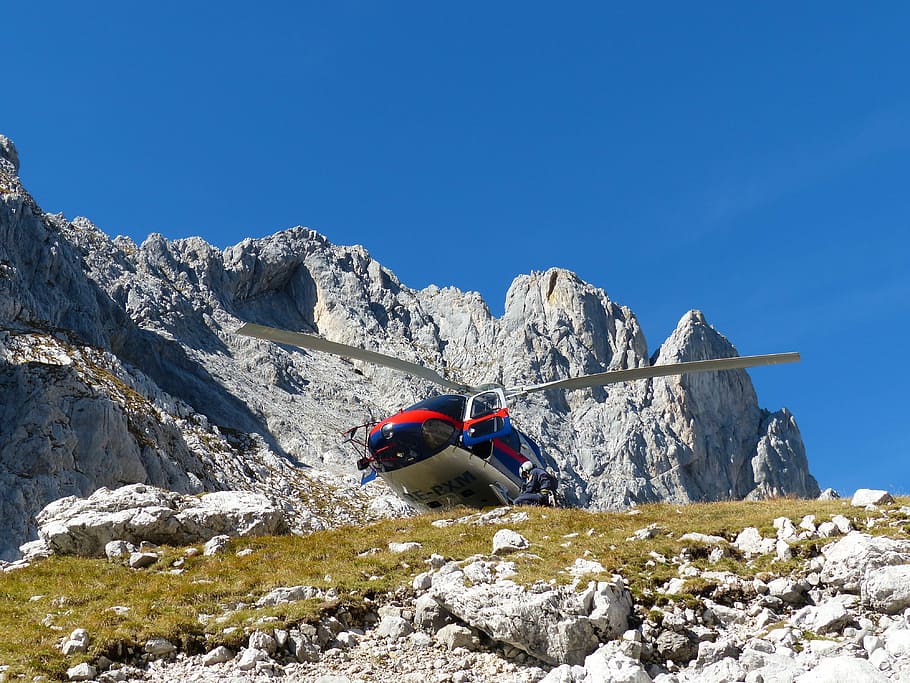
Selecting a reputable helicopter tour company is crucial to ensuring a safe and enjoyable experience while capturing the best landscapes in Nepal. Here are some tips to consider when choosing a helicopter tour company:. Similar to Heli on Call, we offer tours to popular destinations such as Everest Base Camp, Langtang, and Annapurna.
Don't Miss Out! Book Your Heli on Call Tour (Limited Time Offer)!
Safety record
One of the most important factors to consider is the company's safety record. Look for reviews and testimonials from previous customers to assess the company's commitment to safety. Check if they have a well-maintained fleet of helicopters, experienced pilots with the necessary certifications, and adhere to all safety regulations and standards.
Experience and reputation
Consider the company's experience and reputation in the industry. Look for established companies that have been operating helicopter tours in Nepal for a considerable amount of time. Read online reviews, check their social media presence, and seek recommendations from fellow photographers or travel forums to gauge their reputation.
Range of tour options
Check to see if the company offers a variety of tour options that suit your requirements. Look for options like the Everest Base Camp helicopter tour, Langtang helicopter tour, the Annapurna helicopter tour, and other popular routes that showcase Nepal's breathtaking landscapes. A reputable company should offer flexible packages and customize tours based on customer preferences.
Duration of the tour
Consider the duration of the helicopter tour offered by the company. Some companies may offer shorter tours that provide a glimpse of the landscapes, while others provide longer tours that allow for more photography opportunities and exploration. Choose a duration that aligns with your photography goals and budget.
Private or shared tours
Determine if the company offers private or shared tours. Private tours provide more flexibility and exclusive access to certain areas for photography. Shared tours can be more cost-effective and provide an opportunity to meet other like-minded photographers. Consider your preferences and budget when deciding between private or shared tours.
Itinerary and routes
Review the itinerary and routes offered by the helicopter tour company. Look for tours that cover the key landmarks and regions you wish to capture. Consider if the tour includes strategic stops for capturing aerial shots, providing ample time for photography, and exploring the landscapes from different perspectives.
Additional services
Check for any additional services or amenities provided by the tour company. Some companies may offer complementary photography guidance, trained guides who can provide insights into the landscapes, or additional perks such as access to off-the-beaten-path locations. These additional services can enhance your photography experience.
Price and value for money
Compare the prices offered by different helicopter tour companies. Remember that the cheapest option may not always be the best. Assess the overall value for money by considering factors such as safety, duration, routes, reputation, and additional services offered by the company.
By considering these tips when selecting a helicopter tour company, similar to Heli on Call, you can ensure a safe, enjoyable, and fulfilling experience while capturing the best landscapes in Nepal.
Capturing Iconic Landmarks
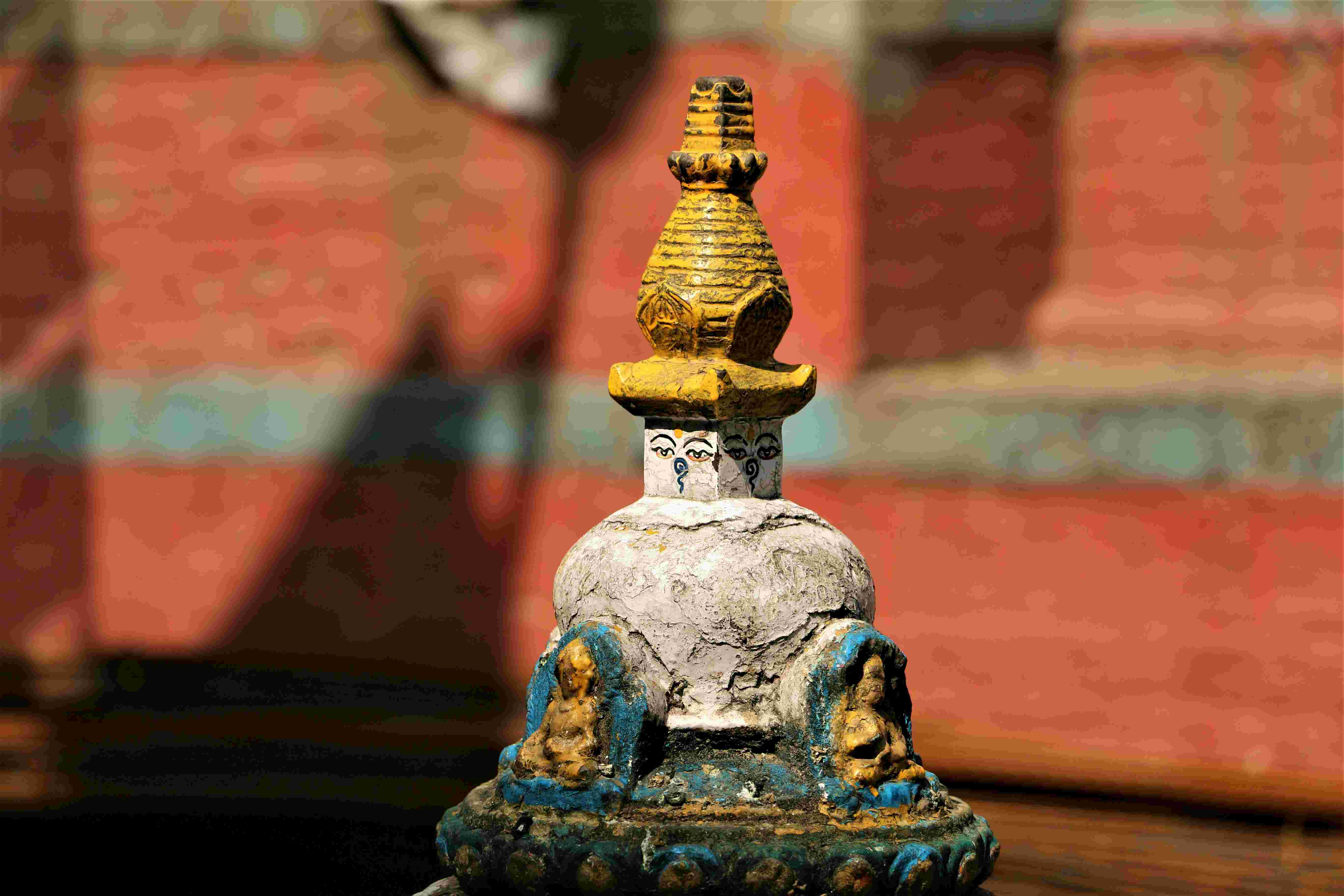
Nepal is blessed with numerous captivating landmarks and landscapes that are particularly stunning when viewed from the air. Here are some specific landmarks and landscapes worth capturing during a helicopter tour in Nepal, along with tips on capturing them creatively:
Mount Everest
The world's highest peak is undoubtedly a must-capture landmark during a helicopter tour in Nepal. To capture Mount Everest creatively, consider compositions that showcase its grandeur and scale. Experiment with different angles and heights to capture unique perspectives. Incorporate foreground elements such as glaciers, valleys, or prayer flags to add depth and interest to your photographs. Pay attention to the lighting and try to capture moments when the sunlight illuminates the mountain, creating captivating contrast and shadows.
Annapurna Range
The Annapurna Range in central Nepal is another iconic landmark known for its majestic peaks, deep valleys, and serene landscapes. To capture the Annapurna Range creatively, focus on compositions that emphasize the dramatic peaks and the surrounding landscapes. Experiment with wide-angle lenses to capture the vastness of the range, or zoom in to capture intricate details on specific peaks. Pay attention to the play of light and shadows, especially during sunrise or sunset, to enhance the visual impact of your photographs.
Langtang Valley
Located north of Kathmandu, Langtang Valley offers breathtaking landscapes of lush green valleys, cascading waterfalls, and snow-capped mountains. To capture the beauty of Langtang Valley creatively, consider aerial compositions that highlight the contrast between the vivid greenery and the towering mountains. Look for interesting patterns and textures in the landscape and use them as leading lines to guide the viewer's eye through the frame. Experiment with different perspectives to capture the valley from various angles, showcasing its depth and beauty.
Kathmandu Valley
The Kathmandu Valley, with its rich cultural heritage and ancient temples, is a captivating landmark to photograph from the air. To capture the essence of the Kathmandu Valley creatively, focus on compositions that highlight the intricate architecture and the city's layout. Look for unique patterns formed by the streets and the buildings, or capture the bustling cityscape from above. Pay attention to the details of the temples and palaces, capturing their beauty in a way that showcases their place within the broader cityscape.
Pokhara and its Lakes
Pokhara, known as the gateway to the Annapurna region, offers stunning landscapes with its pristine lakes and the reflection of the surrounding mountains. To capture Pokhara's beauty creatively, focus on compositions that utilize the reflections on the lakes to create unique and ethereal images. Experiment with different angles and heights to capture the lakes and the mountains in one frame, emphasizing the sense of serenity and harmony. Consider shooting during the golden hours to capture the soft, warm light that enhances the landscape's beauty.
Remember, the key to capturing these landmarks creatively is to experiment with different perspectives, compositions, and lighting conditions. Use leading lines, foreground elements, and unique angles to add interest and depth to your photographs. Be patient and observant, looking for unique moments and details that showcase the grandeur and beauty of these landscapes. Lastly, don't be afraid to push creative boundaries and try new techniques to capture these mesmerizing landmarks from the air.
Dealing with Challenges for Aerial Photography in Nepal
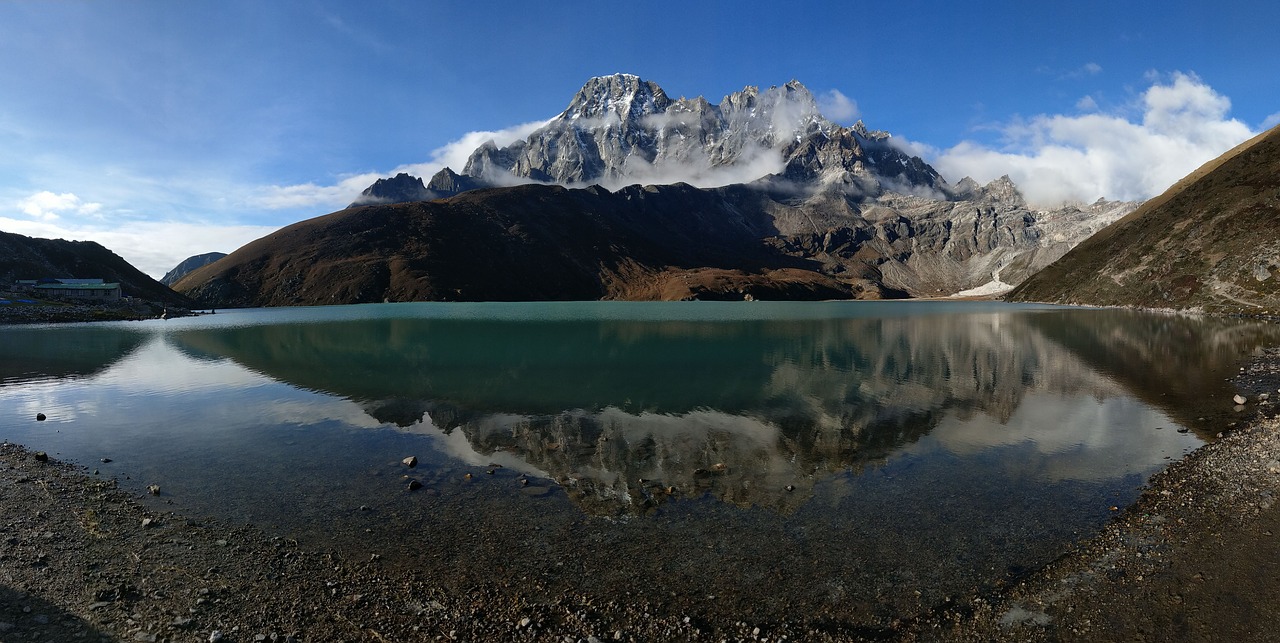
When capturing photographs during a helicopter tour in Nepal, you may encounter some common challenges, such as vibrations, reflections, and limited shooting time. Here are some solutions and workarounds to help you overcome these challenges:
Vibrations
Helicopters can create vibrations that affect image sharpness. To minimize vibrations:
- Use a fast shutter speed to freeze any motion caused by vibrations.
- Use image stabilization, either in-camera or through stabilized lenses, to compensate for minor movements.
- Securely mount your camera to minimize any additional vibrations by using a tripod or a stabilizing device specifically designed for aerial photography.
- Avoid using a telephoto lens with a long focal length, as it can increase the impact of vibrations. Instead, opt for wider focal lengths.
Reflections
- Capturing photos from inside a helicopter can result in unwanted reflections on the window or cockpit glass. To minimize reflections:
- Use a lens hood to reduce stray light that may cause reflections.
- Position your lens as close as possible to the glass, minimizing the angle at which light hits the window and reducing the chances of reflections.
- If possible, open a window while shooting, but ensure your safety and follow any guidelines provided by the helicopter tour company.
- Polarizing filters can help reduce reflections and enhance colors. Experiment with the filter's orientation to find the optimal position for reducing reflections.
Limited shooting time
Helicopter tours typically have a limited duration for each flight, which can make it challenging to capture all the desired shots. To make the most of your shooting time:
- Plan ahead and know the key landmarks and landscapes you want to capture. This will allow you to prioritize your shots and focus on your must-visit locations.
- Communicate your photography goals to the helicopter tour company and pilot, so they can help optimize the route and provide you with ample time to capture specific landmarks.
- Be prepared, and have your camera settings ready in advance. Use custom presets or manual mode to eliminate time spent adjusting settings on the fly.
- Capture multiple frames and bracket exposures if necessary, enabling you to capture a broader range of details in challenging lighting conditions.
- Consider taking multiple flights if time permits, or work with the helicopter tour company to customize a longer tour that allows for more photography opportunities.
By implementing these solutions and workarounds, you can overcome common challenges like vibrations, reflections, and limited shooting time during a helicopter tour in Nepal. Remember to plan ahead, communicate your photography goals, and be prepared to make the most of your time in the air.
Conclusion
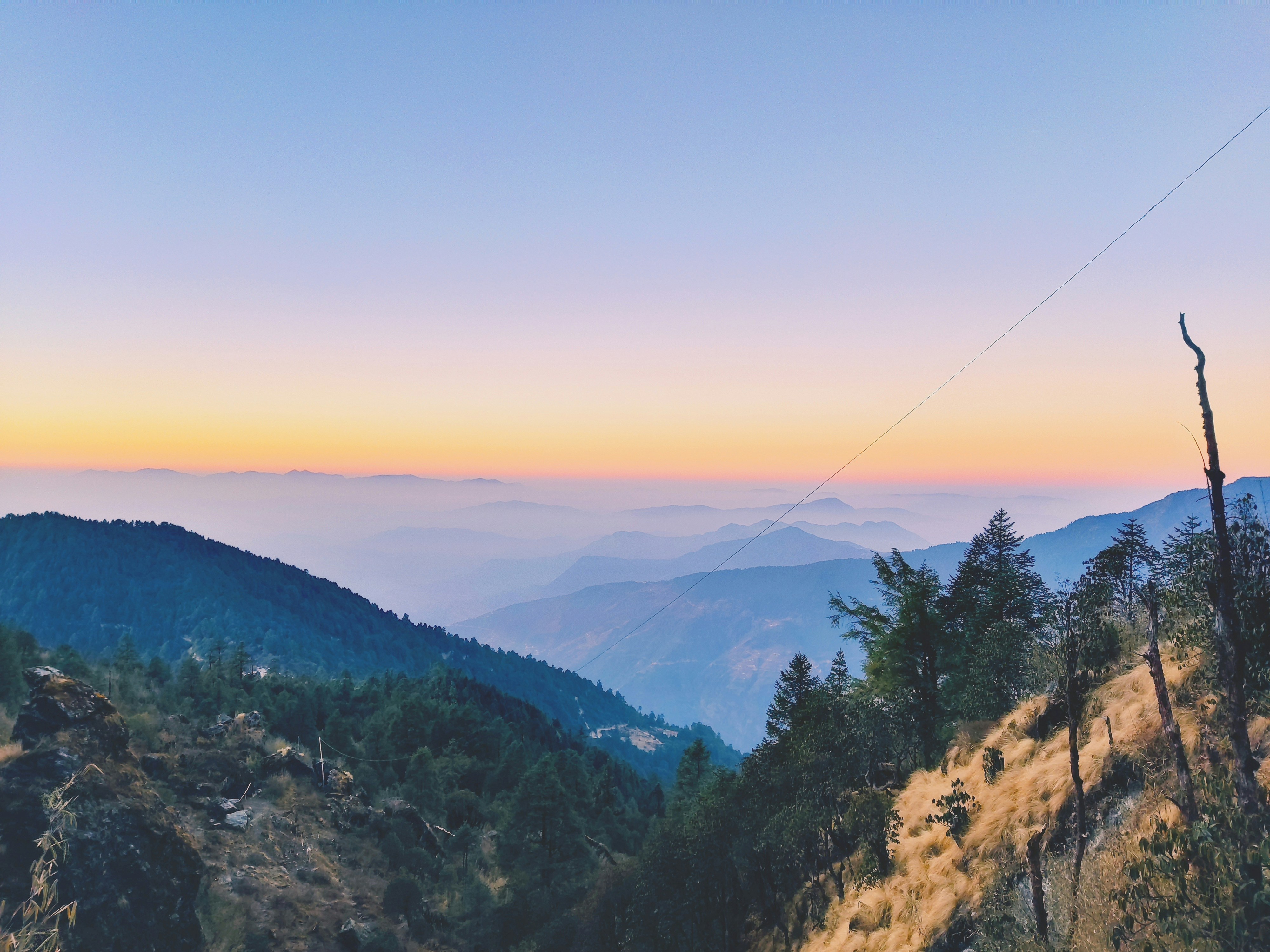
Helicopter photography in Nepal presents an extraordinary opportunity to capture the country's breathtaking landscapes from a unique and unforgettable perspective. By following the valuable tips and guidance in this blog post, you can prepare for a safe, enjoyable, and creatively fulfilling experience. Remember to meticulously plan your tour, choose the right equipment, experiment with composition and camera settings, and prioritize safety throughout your journey. Embrace the challenges, capture iconic landmarks creatively, and share your captivating aerial images with the world. Let this adventure fuel your passion for photography and inspire others to appreciate the awe-inspiring beauty of Nepal. So, fasten your seatbelts, grab your camera, and get ready to embark on a thrilling journey into the skies above Nepal!







